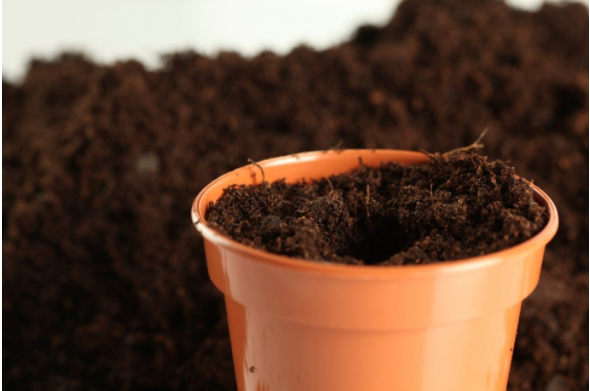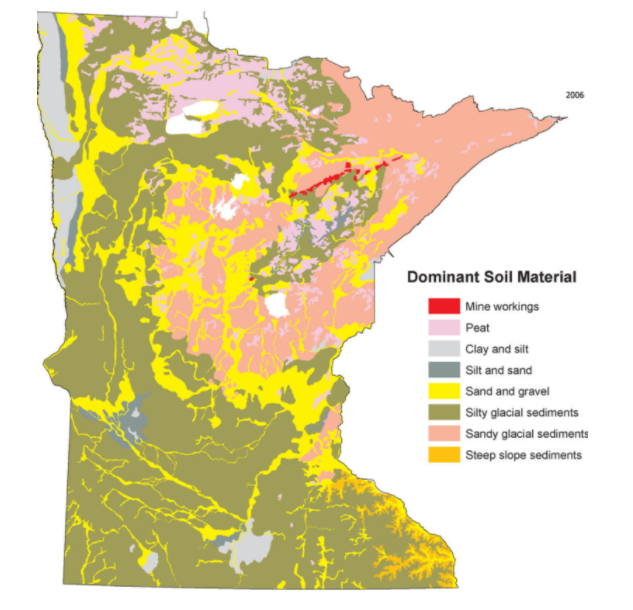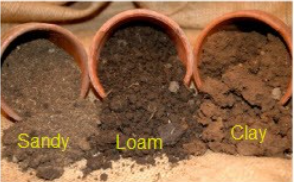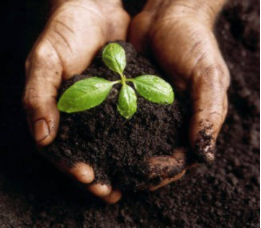Soil, the Foundation of Life! Seriously, The Garden Scoop ponders this sort of stuff.

Soil holds the keys to a plant’s ability to take up nutrients, water and oxygen. Soil also acts as a filter for rainwater, cleaning it as it makes its way into our aquifers. If you prepare your garden beds, you give your plants the best chance to, not only survive, but thrive. How do you do that? Follow along…

A map of Minnesota’s soil material from UofMN Geology dept.
First up, a little background on what “types” of soil we have; clay, loam and sand. Silt is the stuff between clay and sand, the silt particles are “medium” size, if you will. The ideal is to have loamy soil but what is that?

Loam soil is composed of almost equal amounts of sand and silt with a little less clay. A good ratio is 40 percent each of sand and silt, and 20 percent of clay. It really all boils down to drainage. The most resistant to water penetration is clay… I think many of us understand this one. The quickest draining is sand. These opposing materials cause the same problem, an inability for the plants roots to take up the nutrients and oxygen they need.
Raise your hand if you have loam soil? Ahhh, I see a few of you! Most of us don’t.

A quick test to discover what type of soil you have is the “squeeze test”. Take a fistful of soil, wet it and if it ribbons up, it's more clay, if it falls apart, it's more sand and if it crumbles nicely, it's more likely loam.
The Garden Scoop loves our University of Minnesota Extension. Here’s a link to Living soil, healthy garden. You’ll discover how totally cool this soil stuff is. ????
Ways to improve your soil include:
- Adding organic matter such as dried, crumbled leaves, leaf mold, animal manure (not ALL kinds and don’t use fresh manure) and compost. Note: dairy cow manure is recommended, rabbit manure is also good stuff.
- Incorporate compost into the existing soil – Garden Scoop suggests using a garden fork rather than tilling.
- Minimize chemical use.
- Rotate your crops.
- Use mulch and/or cover crops for your garden beds:
- They reduce soil borne pathogens.
- Conserve soil moisture.
- Minimize weeds.
- Reduce plant stress from temperature fluctuations.
For more on soils, conditioners and compost click here. For a comprehensive soil test, here’s a link to the University of Minnesota’s Soil Lab. A regular Lawn & Garden test is about $17.
Now let’s go play in the dirt,

Take a peek at this cool video of our Eco Site in Eagan making compost which we use in many of our bagged soils!
